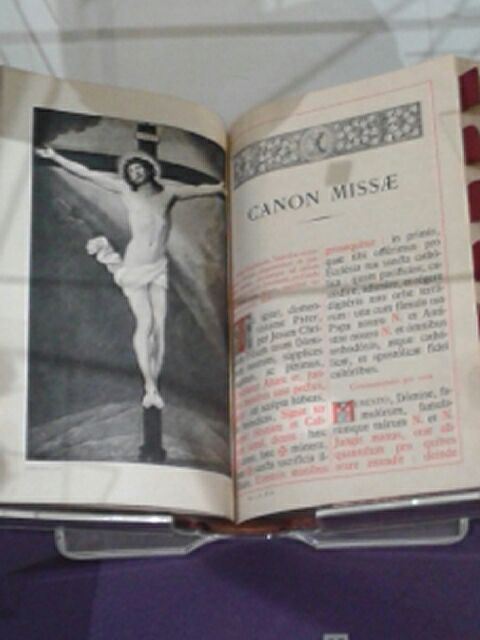In August we launched New Passages, a year-long project commemorating the 70th anniversary of Indian independence and partition, in partnership with An Lanntair in Stornoway and Apeejay Kolkata Literary Festival, with support from the British Council. Writers Abir Mukherjee and Nalini Paul spent a few days on the Isle of Lewis exploring the Mackenzie Collection, a renowned collection of Asian art collected by Stornoway-born Colonel Colin Mackenzie, the first surveyor general of India. The authors will give new voice to the ongoing relationship between Scotland and India as these nations continue to define and redefine their contemporary relationships. Following a visit to Edinburgh in August, they travel on to India before returning to the Book Festival and to Stornoway in 2018.
The following piece is the first response from Nalini Paul. Nalini was born in India, grew up in Vancouver, and has been living in Scotland for most of her adult life. As a keen walker and lover of the outdoors, her writing often touches on themes of migration, memory and landscapes.
‘I like to think that the collection offers hope. If we can learn from the mistakes of Empire, we can truly build bridges between nations…’


Born in India, I was only two-and-a-half when I moved with my family to Vancouver. This was where I grew up, a place I would call ‘home’. Having now lived in Scotland for most of my adult life, I am constantly made aware of a sense of displacement, a need for belonging. Moving here was a conscious decision. It offered more opportunities for writers. A plethora of poetry readings, book festivals and writing-related events are supported with a greater sense of community than I had experienced back home.
But what does that word mean, ‘community’? Growing up in Canada, without knowledge of my mother tongue (apart from a few words and phrases), I did not feel a sense of kinship with other Indian immigrants. For some reason that has changed, now that I have been living in Scotland for so long. A longing for ‘home’, perhaps?
Awareness of difference emerged – and continues to do so – in the perplexed expressions of others I encounter. In the B&B in Stornoway, a lovely couple asked me one morning to join them at breakfast and took great interest in the Festival (Purvai, An Lanntair’s celebration of South Asian heritage and connections in Scotland’s Western Isles) and my role in it. The woman commented on the presence of some Indian people they had met on one of the other Hebridean islands during their travels: ‘How did they get here?’ she asked, with delighted surprise, ‘It’s so remote!’ I suppose by plane or boat, the same as anyone else. Why is the presence of South Asians on a ‘remote’ Scottish island a point of fascination? There is a misconception that such places do (or, it is strongly implied, should) belong solely to the domain of whiteness.
Looking at the selection of works from the Colin Mackenzie collection at Lews Castle Museum, I could not help noticing that the drawings consisted mainly of Mackenzie’s illustrations and sketches, of maps and monuments, with notes on his findings during his travels in India; whereas quite a few of the others were by unknown artists, and next to none included the names of the Indian artists who had created them. But the piece that stood out for me was the beautiful, large basalt sculpture of the Jain deity, Parsvanatha. He stands erect with a hood of seven cobras arching in a semi-circle around his head. The snakes coil around to the back, where Mackenzie’s initials are engraved, along with the date and an Anglicised version of the name as ‘Parasa-naat’. The sculpture was carved by Chakravarti Paloja, but no information about this sculptor is given, nor about the significance of the smaller statues that flank the main one, nor about the inscriptions at the base of the sculpture. We only get a fraction of the story, and whose story is this? My postcolonial studies PhD springs to mind when I see these items, the theories of which articulate facts that I have always known, before I could articulate them. Mackenzie’s initials are a glaring example of what Gayatri Spivak refers to as ‘worlding’: the writing of history to favour the view of British imperialism. Add to that the collecting (read: stealing) of artefacts. Here we have the domination and oppression of a nation and its people, cultures, languages, religions and ways of life – in favour of a dominant, colonial force.
I am sure that Colin Mackenzie was a lovely person, perhaps he was great company and exceedingly polite. He took a keen interest in Eastern cultures and religions. But to what end, and how can we say that his collecting of this – and many other – priceless objects was justified or had morally sound motives? This was the time of the British Raj, when appropriation was the norm, and Britain reigned supreme over its subjects and colonies.
As a poet, Indian born and having grown up in Vancouver in the 1970s and 80s, my Indianness was either exoticised, or – more often than not – misappropriated as inferior to Europeanness or Britishness. Classmates with Scottish names were proud of their heritage: many of them had streets, rivers and islands named after them (Fraser, Thompson, Mackenzie, Bowen). It is difficult not to see a connection here: Colin Mackenzie was part of the Imperial project, to exploit and to dominate, to stamp his name upon things and claim them, if not for himself, then for the Empire. In a painting featured in the collection, he stands centre-stage, his darker-skinned assistants hovering around him, and he is illuminated, like a Christ figure. In one of the many churches that populate Lewis, I noticed a striking resemblance between the depiction of Christ and that of Mackenzie.
But what of my journey? What does this all mean to me, as a poet with a mixed background? I like to think that the collection offers hope. If we can learn from the mistakes of Empire, we can truly build bridges between nations. If we can recognise our diversity without tokenism or being patronising or clinging to a false notion of ‘whiteness’, we have hope. These labels are invented: white, brown, black. They do more than denote skin colour; they ooze with centuries of domination, oppression and a sense of superiority or inferiority. They mark out difference in order to exclude, rather than to celebrate and share knowledge through compassion. Foucault’s theory of knowledge, power and the dominant discourse rings painfully true: knowledge is created by those in power, to serve their interests; and becomes widely accepted as the dominant world view. Many argue that we have the advantage of looking back from our particular vantage point, having learned lessons from the past. But who does one mean by ‘we’, and didn’t all Indians dislike being oppressed at the time of the British Raj?
As I continue this journey, I look forward to piecing together more of the puzzle of the Colin Mackenzie collection in India. How do people there feel about works being held in London (in the V&A, the British Museum and the British Library)? Where should their final resting place be, and how are we, the descendants of Empire, to make sense of this displacement?
I wrote a draft poem, which I read at the Book Festival in Edinburgh the following week, giving Parsvanatha a voice. For he is much more than just a statue made of stone. What he represents echoes through the darkened, musty corridors of India’s history, from before the time of British imperialism. It rises up in the statues that line the stone walls of ruined temples, frozen in poses above words that my future self would spend a lifetime trying to decipher.
The journey continues…
Share this Post
